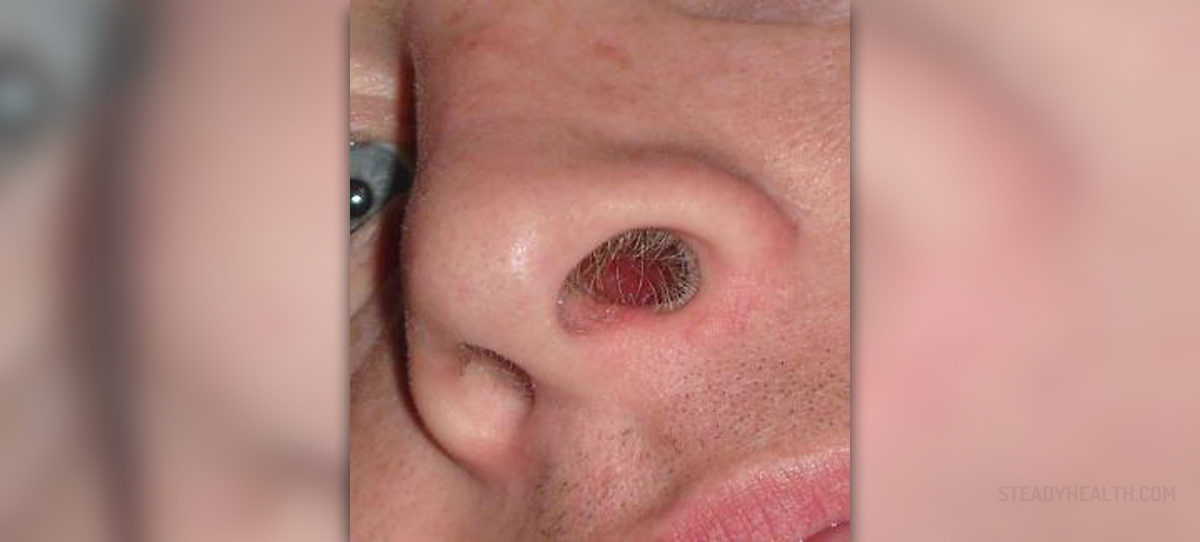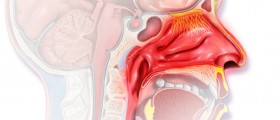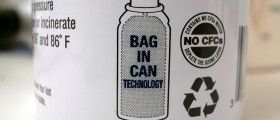Postnasal drip develops as a consequence of excessive production of mucus. The mucus is normally produced by the mucous membrane of the nasal cavity. However, a variety of upper respiratory medical conditions such as rhinitis, sinusitis, allergies, etc. may cause the production of too much mucus which consequently leads to many problems.
Nasal Problem and Postnasal Drip
A nasal problem is a very complex term and it generally refers to a variety of specific symptoms and signs. But all of these symptoms and signs have one thing in common- they develop due to postnasal drip.
We can say that a person is suffering from postnasal drip if he/ she has certain symptoms. For example, postnasal drip leads to constant swallowing, rhinorrhea (runny nose), frequent spitting, tickling in the throat, and constant clearing of the throat.
Furthermore, a person may complain about a burning sensation at the back of the throat and has a broken or cracking voice. Coughing, difficulty breathing, bad breath, and snorting to clear mucus from the nasal passage are several more characteristics of postnasal drip.
- In the United States and Europe, post-nasal drip symptoms (PNDS) are an important condition causing cough as well as asthma.
- Cough due to post-nasal drip is thought to be caused by stimulation of the sensory nerve ends of the hypopharynx and stimulation of the influx of post-nasal drip into the trachea, which activates the cough reflex pathway. The causes of PNDS are chronic sinusitis (39%) and allergic rhinitis (AR) (23%). Cough caused by PNDS with AR is usually treated with antihistamines instead of antitussives.
- Cough-variant asthma (CVA) is a subtype of asthma, and its symptoms include chronic cough without wheezing or dyspnea. CVA has almost normal lung function and mild bronchial hyperreactivity (BHR) and is sensitive to bronchodilators. CVA is a common cause of subacute and chronic cough in Japan, the United States, and the United Kingdom.
- The first-line therapy for CVA is based on inhaled corticosteroids (ICS). The use of ICS from the time of diagnosis of CVA can reduce the rate of transition to typical asthma. We reported that CVA led to wheezing in 30-40% of cases and transitioned to typical asthma within 1 year.
- We conducted a retrospective analysis of 91 patients who had cough-variant or cough-predominant asthma and first visited the Nakajima Medical Clinic in Japan between June 2012 and July 2015. Results showed that post-nasal drip symptoms were reported in 58 (63.7%) patients. The patients with post-nasal drip symptoms (19.5±8.3 days) had a significantly longer time until cough disappearance than those without post-nasal drip symptoms (11.0±4.8 days) (p=0.000034). Multivariate analysis showed that post-nasal drip symptoms are independent prolonged factors of cough duration.
Causes of Postnasal Drip and Subsequent Nasal Problem
There are many illnesses associated with postnasal drip. The most common ones include cold, flu, allergies, and sinus infection and in children, the cause may be an object stuck in the nose. Apart from the previously mentioned pregnant women are prone to postnasal drip and the condition may be also induced with the intake of certain medications such as birth control pills and some medications used in treatment for elevated blood pressure.
Furthermore, postnasal drip may be associated with a deviated septum and other anatomical problems of the nasal cavity or sinuses. Environmental conditions, particularly cold temperatures as well as excessive dryness of the air may also induce postnasal drip. And finally, the condition is associated with exposure to some fumes, chemicals, perfumes, cleaning products smoke, and similar irritants.
Treatment for Postnasal Drip
Treatment for postnasal drip depends on the underlying cause. Once the doctor prescribes suitable medications postnasal drip, as well as nasal problems, will altogether be brought under control.
Bacterial infections are always treated with suitable antibiotics and these medications are usually prescribed in case of green or yellow mucus. If postnasal drip occurs due to viral infections antibiotics are practically inefficient but the condition is treated symptomatically with nasal decongestants.
Decongestants reduce swelling of the mucous membrane and allow easier removal of the mucus from the nasal cavity. Antihistamines are drugs prescribed to patients suffering from postnasal drip associated with allergies. And finally, if the condition develops due to exposure to certain irritants he/ she should take some protective measures and reduce if not eliminate contact with the particular irritant.

















Your thoughts on this
Loading...